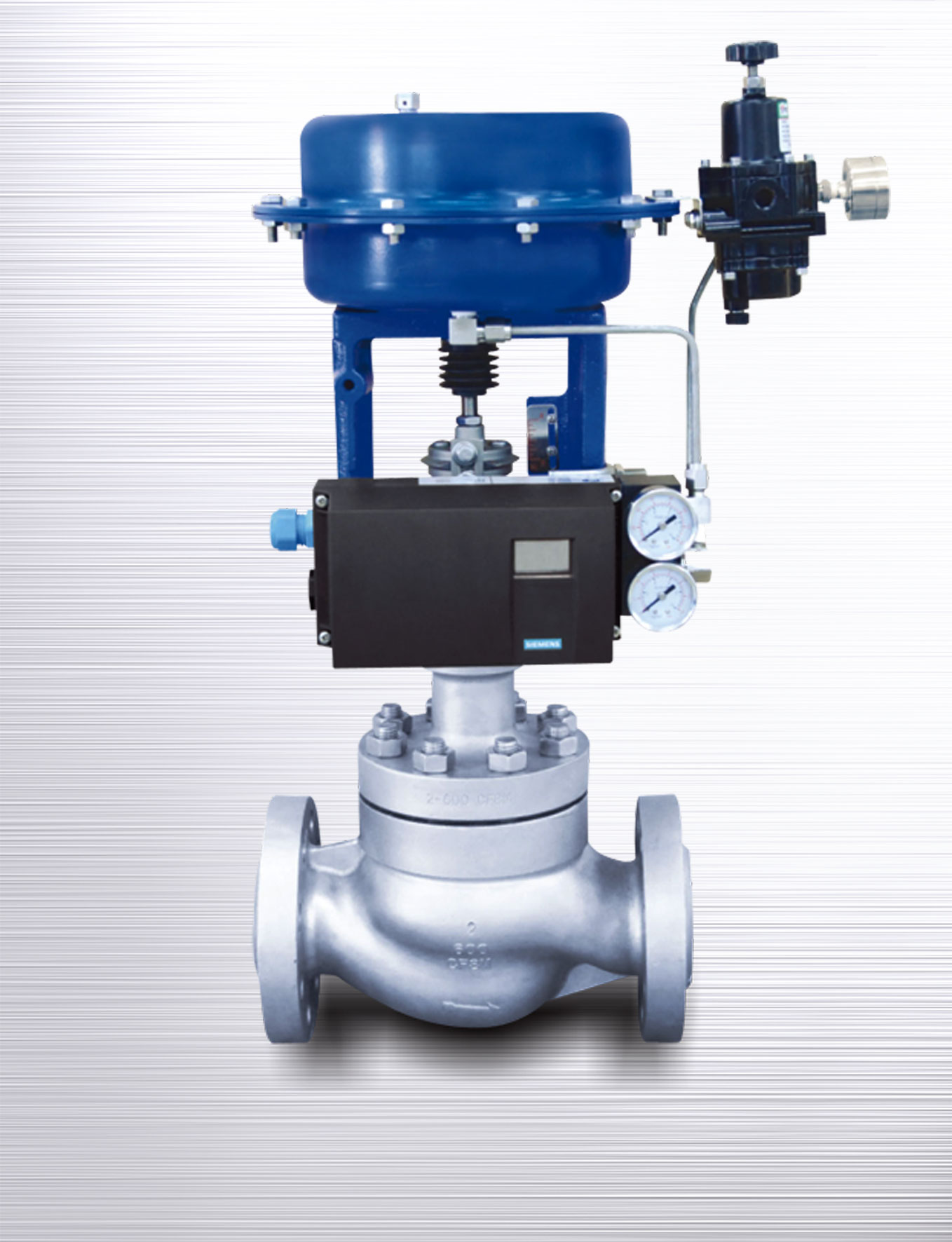Optimizing System Control with High-Performance Control Valves
Optimizing System Control with High-Performance Control Valves
Blog Article

Maximize Power Cost Savings and Comfort With Advanced Building Automation Controls
In the world of modern design and center management, the combination of sophisticated building automation regulates stands as a crucial development. By using the power of automation, buildings can adjust, react, and evolve in methods that were as soon as unbelievable.
Energy Effectiveness Conveniences
Energy effectiveness advantages can significantly reduce power intake and functional costs in buildings. Energy-efficient systems, such as advanced structure automation controls, can maximize the use of sources like heating, lights, and air conditioning, leading to lower power expenditures over time.
In addition, improved energy performance can lengthen the life-span of building devices and systems. By operating a lot more efficiently, a/c systems, light, and various other structure elements experience less damage, resulting in lowered upkeep and replacement costs. Furthermore, energy-efficient buildings often regulate higher building values and rental prices, offering lasting economic benefits to owners.
In addition, energy performance can enhance owner comfort and performance. Properly controlled indoor settings with ideal lights and thermal conditions produce an even more pleasurable and conducive work area, bring about improved staff member fulfillment and efficiency. Generally, the energy effectiveness benefits connected with innovative structure automation controls are multifaceted, incorporating expense financial savings, environmental stewardship, and resident wellness.
Improved Convenience Control
Enhancing comfort control in building settings calls for a sophisticated integration of innovative automation systems for optimum occupant well-being. By using sophisticated building automation controls, facilities can tailor the indoor environment to satisfy the certain demands and choices of occupants. These systems enable precise policy of temperature level, lights, and air flow, creating a productive and comfy ambience. Passenger fulfillment and performance are carefully linked to thermal comfort, making it important to have systems in location that can adapt to altering conditions in real-time.
Boosted convenience control goes past basic temperature level modifications. It includes attributes such as individualized setups, tenancy sensing units, and all-natural light utilization to create a receptive and dynamic environment. By including these innovative controls, structures can not just enhance convenience but also improve power efficiency by maximizing system procedures based upon real tenancy and use patterns. Eventually, focusing on owner convenience through sophisticated automation systems leads to a much more delightful and much healthier interior environment.
Operational Effectiveness Improvements

Furthermore, the execution of real-time monitoring and analytics tools makes it possible for structure drivers to identify power inadequacies and operational abnormalities promptly. By constantly monitoring energy use patterns and system performance metrics, changes can be made in real-time to optimize energy usage and make certain peak operational performance. control valves. Additionally, incorporating demand action approaches into structure automation controls can further enhance operational effectiveness check here by dynamically changing energy usage based upon grid problems and rates signals
Indoor Environment Optimization
Efficient indoor climate optimization is an essential element of structure automation controls, making certain passengers' convenience and health while making best use of energy cost savings. By utilizing advanced sensors and controls, building automation systems can continuously keep track of and adjust temperature, moisture degrees, air top quality, and air flow to develop an optimum interior atmosphere. Preserving comfy and constant conditions not just boosts owner complete satisfaction however likewise increases productivity and total health.
Interior environment optimization likewise plays a crucial duty in power effectiveness. By fine-tuning air flow, home heating, and cooling systems based upon real-time data and tenancy patterns, building automation controls can substantially decrease power intake - control valves. For circumstances, implementing approaches such as demand-controlled ventilation and thermal zoning can aid lessen energy waste while ensuring that each location of the structure receives the essential conditioning.

Lasting Atmosphere Development
Building automation controls not only maximize indoor environment conditions for power efficiency and resident convenience but also lay the structure for creating a lasting setting with calculated administration of resources and systems. By integrating innovative building automation technologies, such as sensors, actuators, and smart software application, centers can readjust and keep an eye on energy use in real-time to reduce waste and reduce their carbon impact. These systems allow predictive upkeep, determining prospective problems prior to they intensify and optimizing tools performance to boost longevity and performance.
Additionally, sustainable setting creation expands past energy management to include water conservation, waste decrease, and indoor air high quality renovation. Structure automation controls can regulate water usage, spot leakages, and ensure correct waste disposal techniques, adding to general sustainability initiatives. Additionally, by controlling and keeping an eye on air flow and filtration systems, these technologies boost resident wellness and productivity while reducing you can try these out power intake linked with a/c procedures.
Conclusion
In final thought, progressed structure automation controls offer considerable advantages in regards to energy savings, comfort control, operational performance, interior climate optimization, and creating a sustainable setting. By implementing these controls, structures can achieve optimal performance while minimizing power intake and enhancing owner comfort. It is apparent that using innovative automation modern technology is important in enhancing structure performance and creating a much more lasting future.
Power performance advantages can visit homepage considerably minimize energy usage and operational prices in buildings. Overall, the energy efficiency advantages linked with advanced structure automation controls are diverse, including expense savings, environmental stewardship, and occupant health.
Furthermore, incorporating need feedback methods into structure automation controls can additionally improve operational performance by dynamically readjusting energy usage based on grid problems and prices signals.
Building automation manages not only maximize indoor environment conditions for energy effectiveness and resident convenience but additionally lay the structure for creating a lasting environment via calculated monitoring of systems and resources.In verdict, advanced structure automation controls deal significant advantages in terms of energy savings, convenience control, functional efficiency, indoor environment optimization, and producing a lasting environment.
Report this page